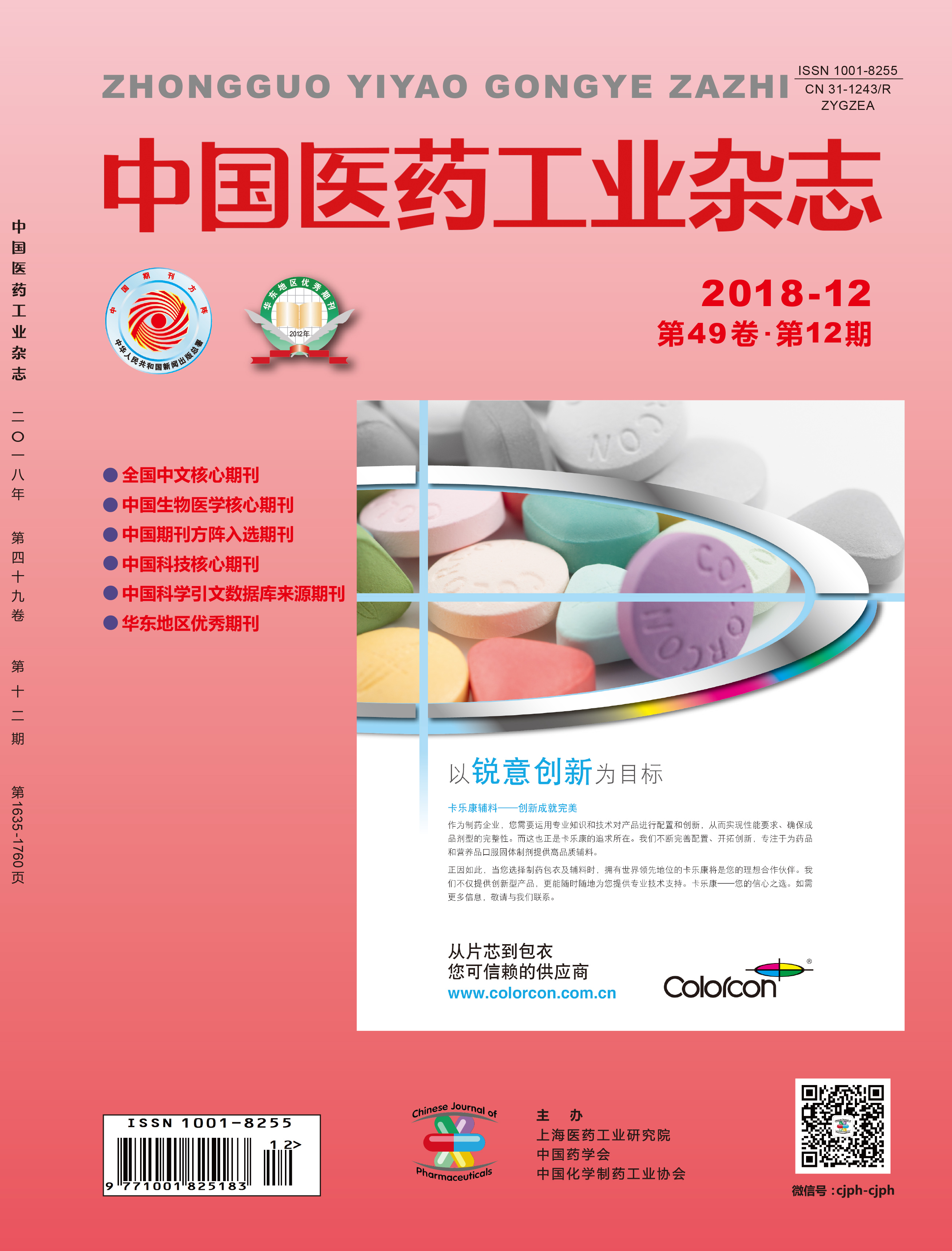Paper
YANG Chuanwei1, LIU Jie1, LIU Wentao2, LI Xinzhi1, WU Shide1*
An improvement process of tadalafil synthesis in kilogram scale was reported. D-tryptophan was subjected to esterification to give methyl (2R)-2-amino-3-(1H-indol-3-yl)propanoate hydrochloride, which was followed by a Pictet-Spengler reaction with heliotropin in acetonitrile/isopropanol to provide methyl (1R,3R)-1,2,3,4-tetrahydro- 1-(3,4-methylenedioxyphenyl)-9H-pyrido[3,4-b]indole-3-carboxylate hydrochloride. In this step, the reaction time was shortened from 16~18 h to 10 h, and the product was obtained by heat filtration and then cleaned by acetonitrile with a yield of 98.5%. The latter reacted with chloroacetyl chloride in dichloromethane to produce methyl (1R,3R)-1,2,3,4- tetrahydro-2-(2-chloroacetyl)-1-(3,4-methylenedioxyphenyl)-9H-pyrido[3,4-b]indole-3-carboxylate , then the latter was subjected to a cyclization with methylamine in ethanol to produce the target compound with an overall yield of 79%, and a purity of 99.9%. This improved process has the advantages of mild reaction conditions and simple operation, which is suitable for industrial production.
